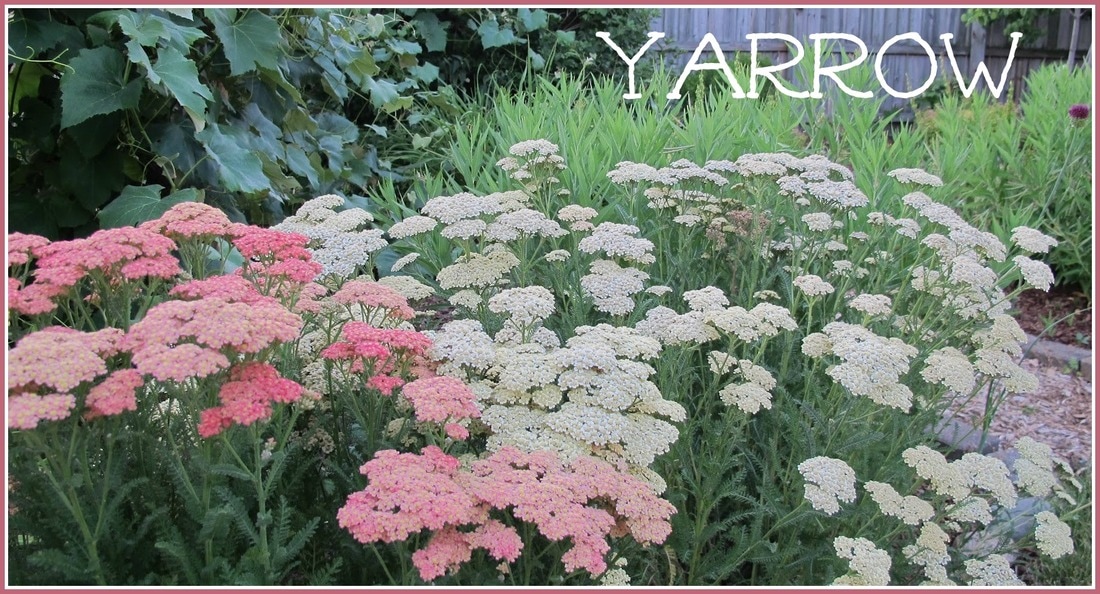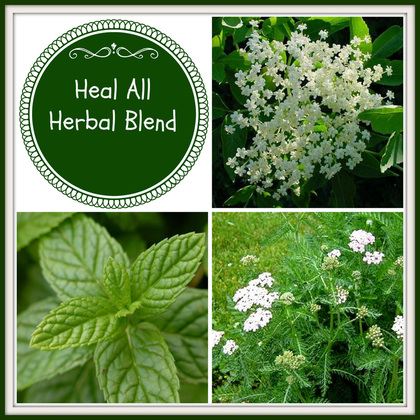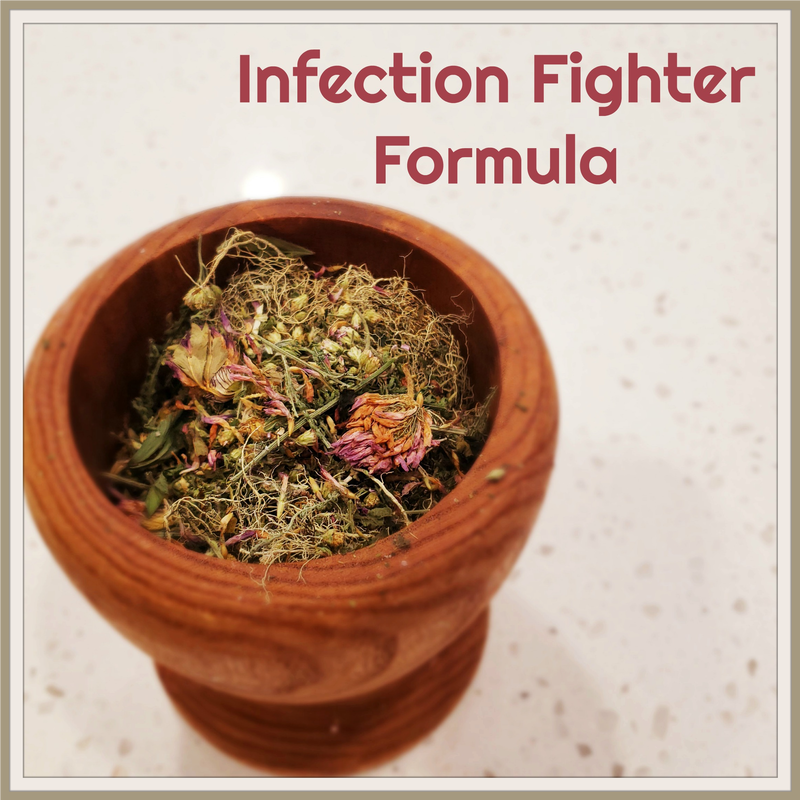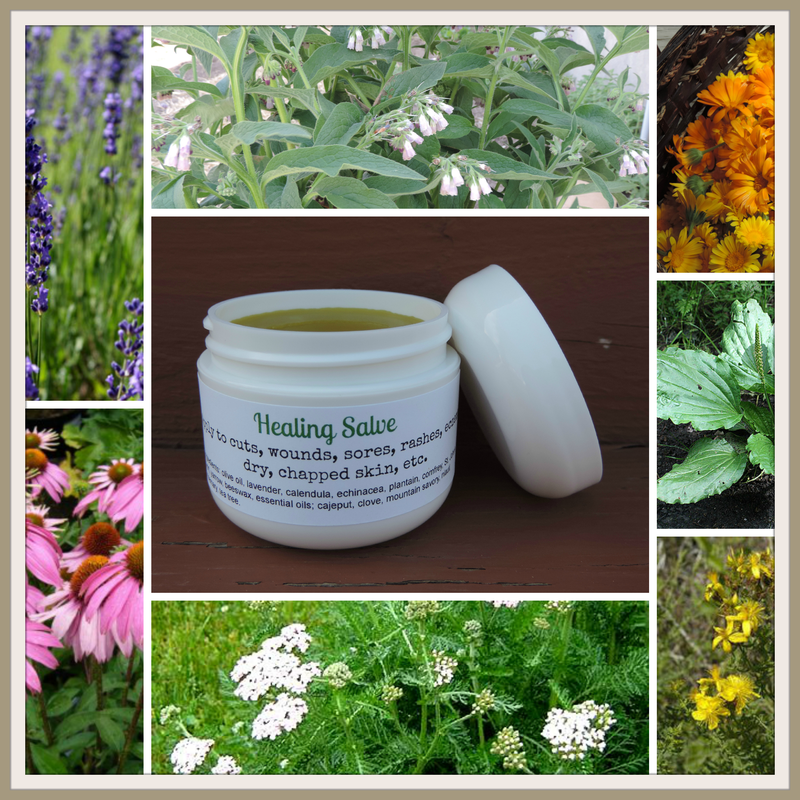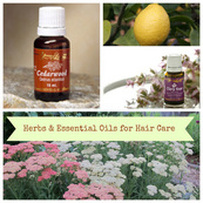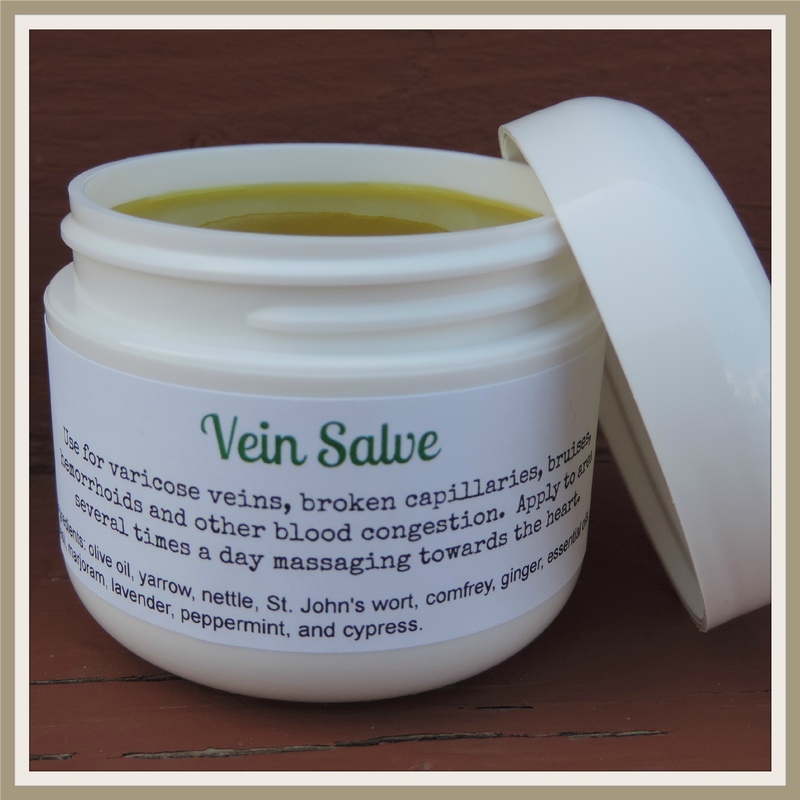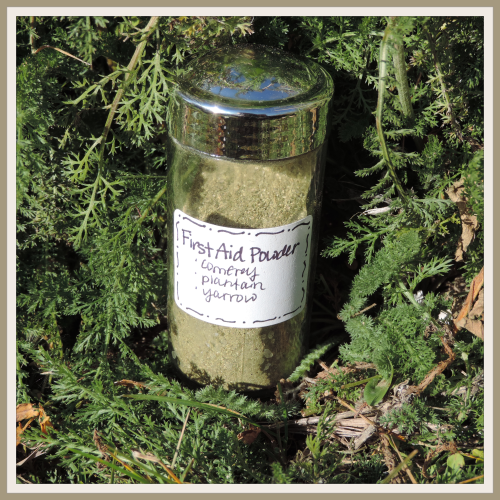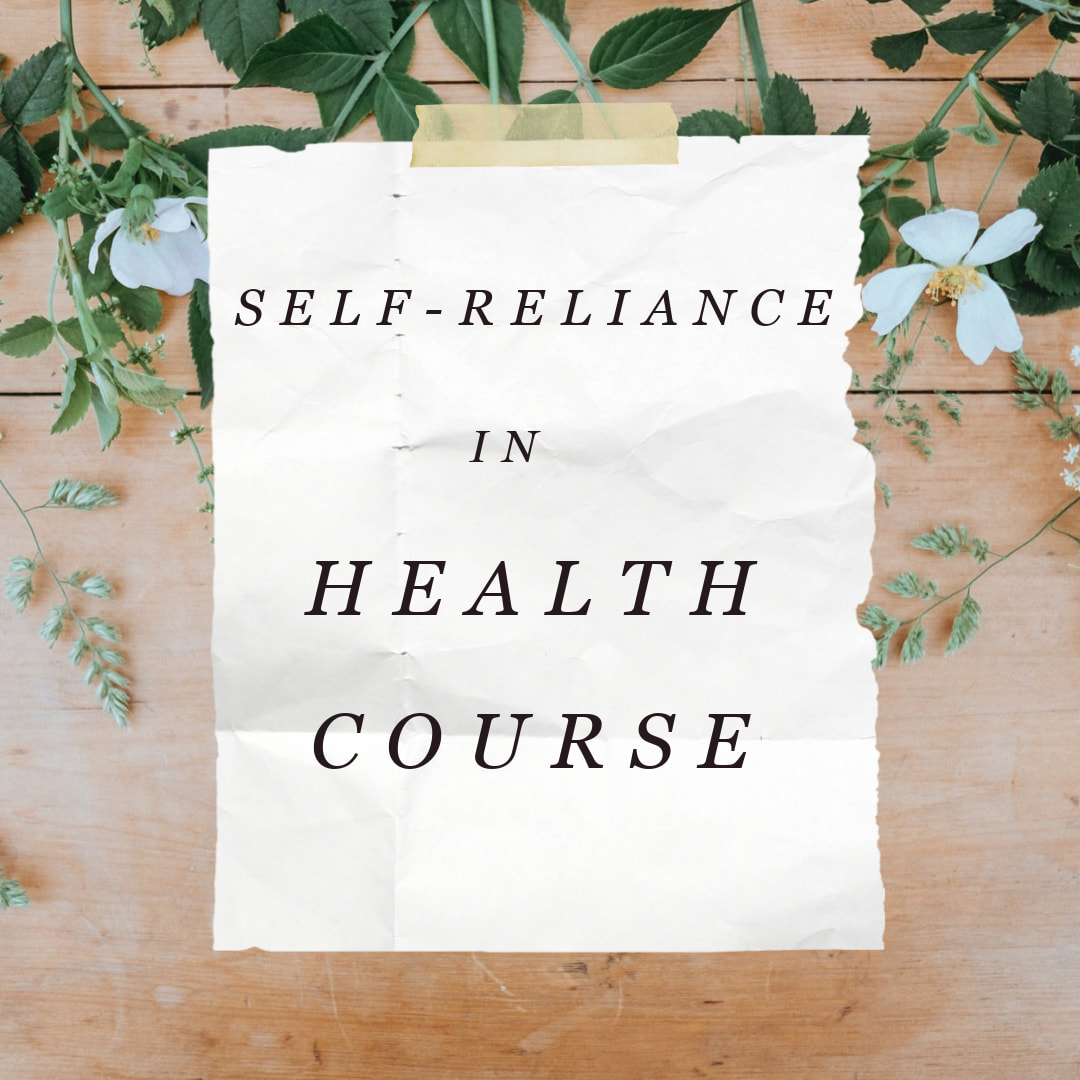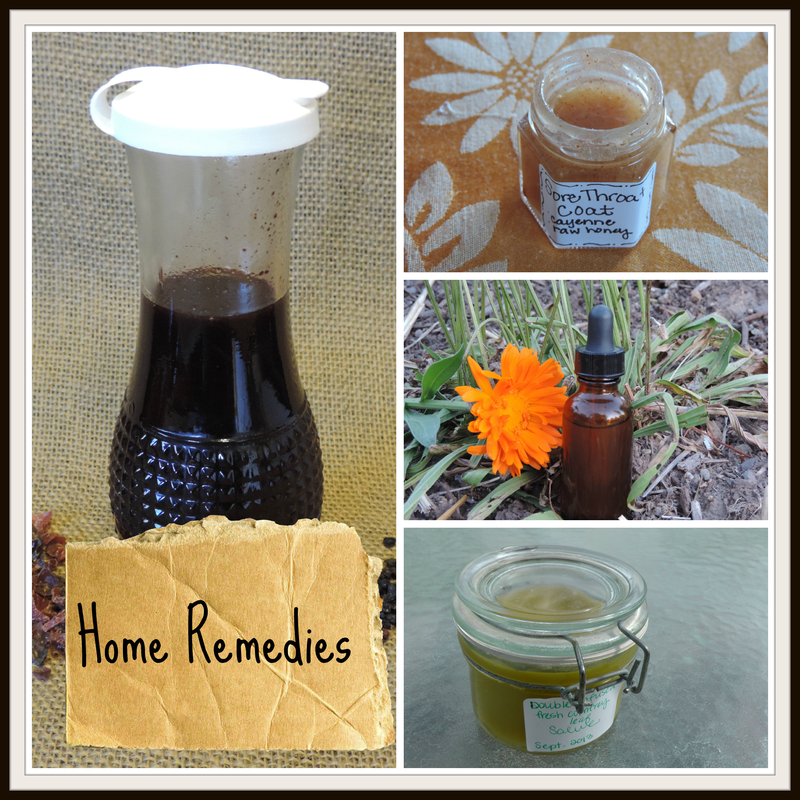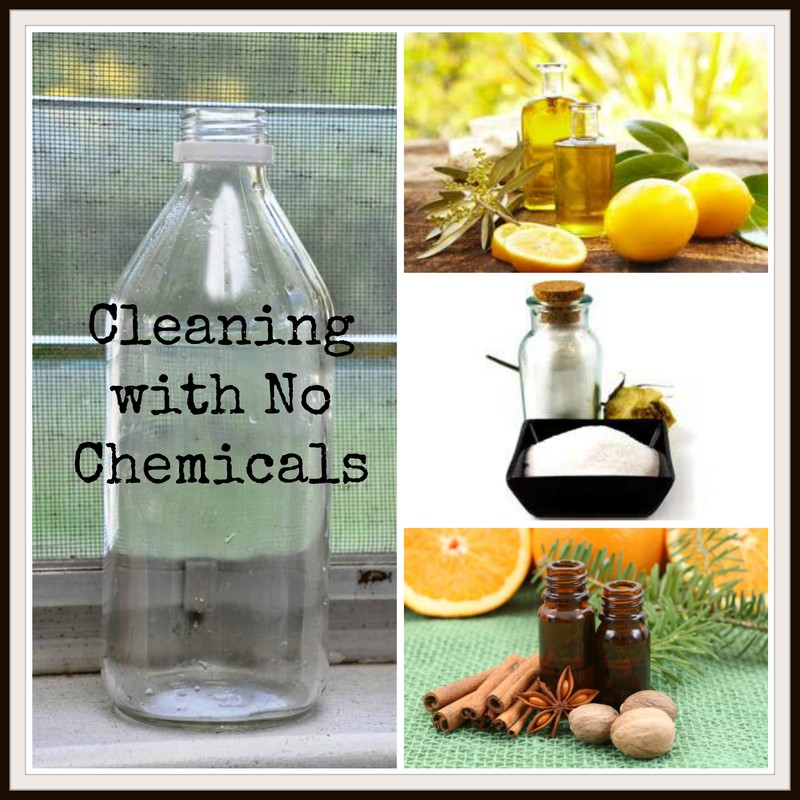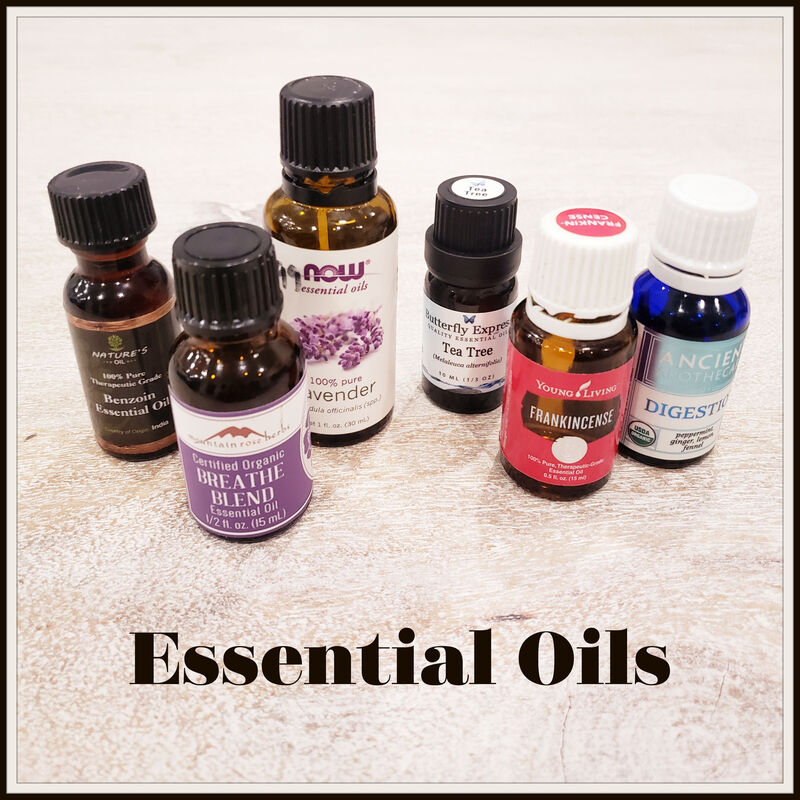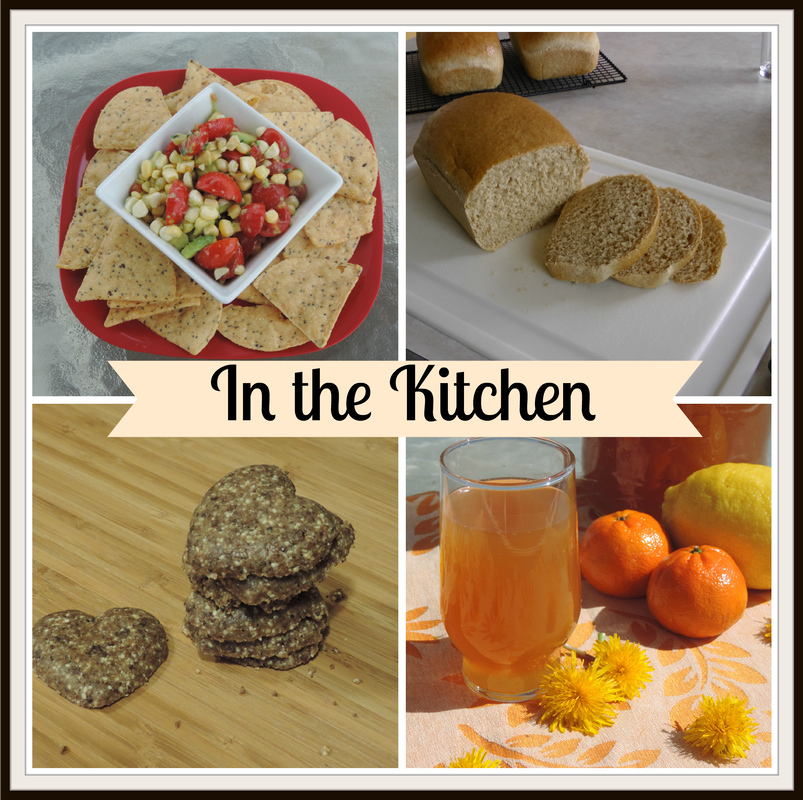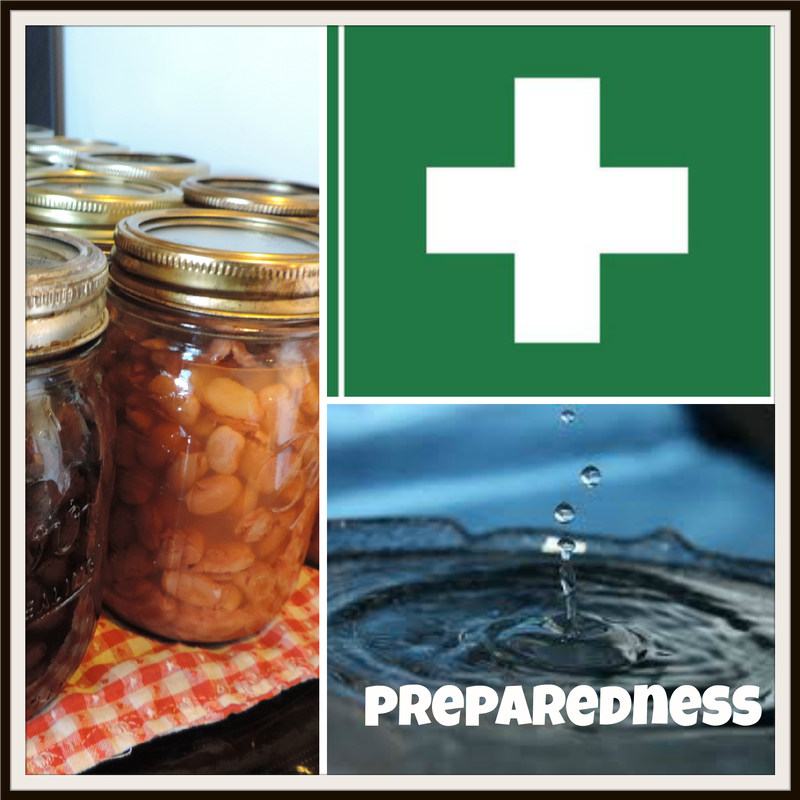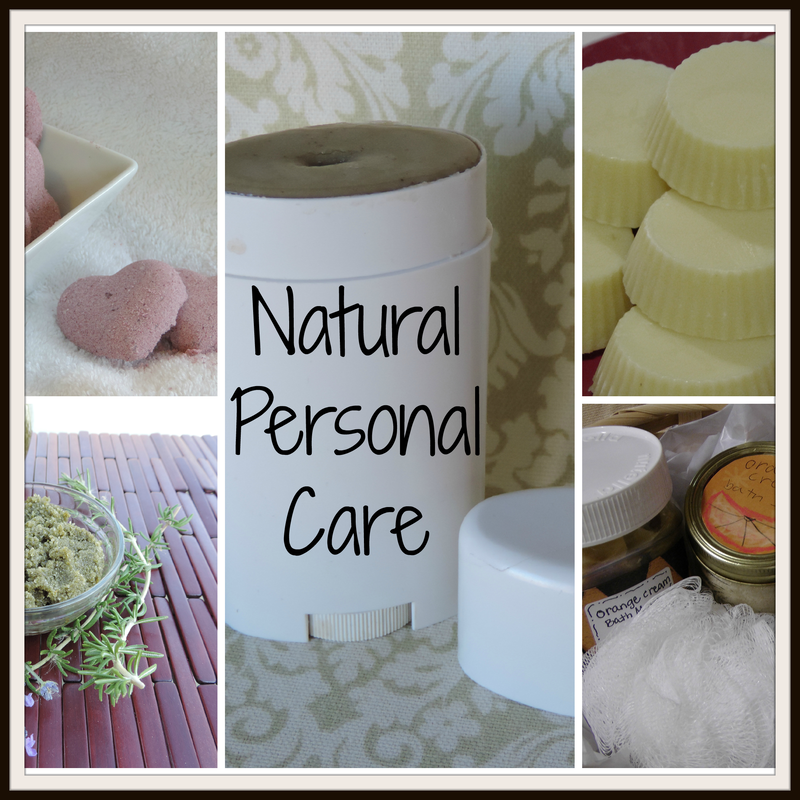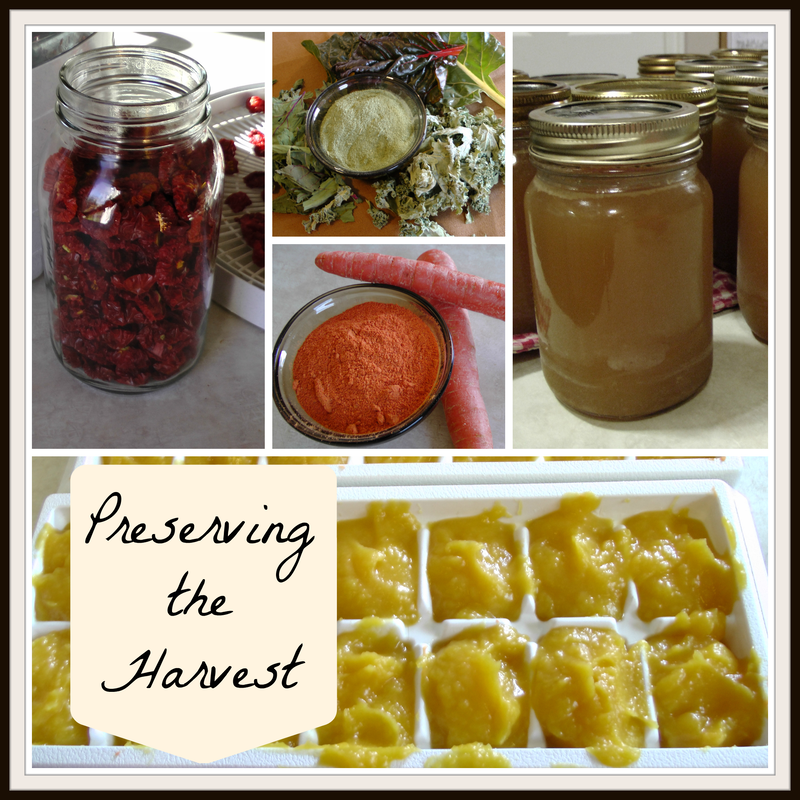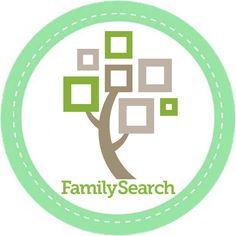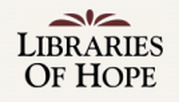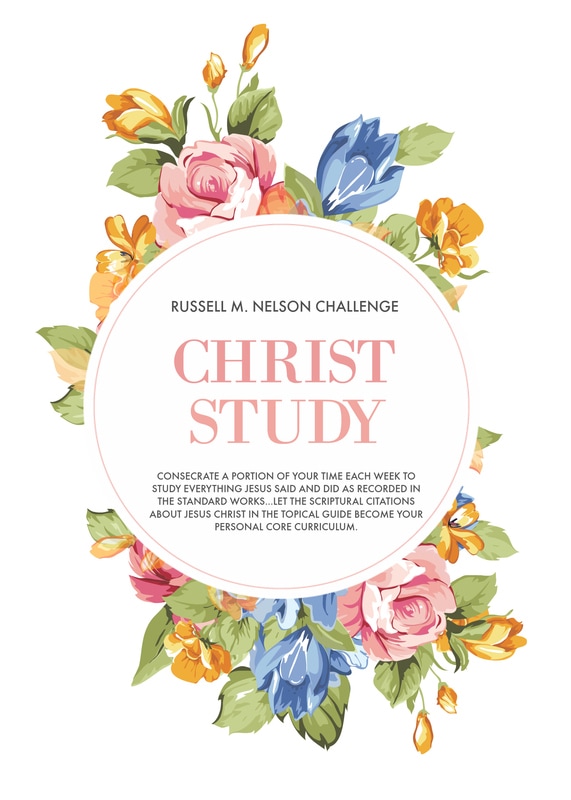Family: Compositae
Yarrow is a near and dear herb to me as it was one of the first ones I became familiar with and use in many of my blends. I like to call it "Cure-All" because that is what it seems to do. It is not only very useful but a beautiful herb to have in the garden, I have both the red and white varieties and sometimes have a hard time cutting the blossoms. This is also Big Woman's favorite herb of choice when anyone gets hurt or blood is involved. She rushes out to the yarrow plant, smashes it up and throws it right on the cut, wound or bite.
Properties
- adaptogenic
- diaphoretic
- hypotensive
- astringent
- antiseptic
- antispasmodic
- vulnerary
- anti-inflammatory
- diuretic
- anti-microbial
- anti-viral
- bitter
- hepatic
- emmenagogue
Beauty and Personal Care
- acne and complexion problems
- good for oily skin
- great skin cleanser and toner
- when used as an herbal steam yarrow will open pores and clean them out
- cleanses and removes oily residue from hair
- hair loss (apply externally to area of concern using an herbal infusion or herbal oil)
In addition to taking the tea internally (I would recommend the Heal All herb blend as opposed to straight up yarrow tea) you can use the powder form in cleansing grains or a mask, make a toner by infusing the herb in witch hazel or aloe vera liquid, use an herbal oil, compress or any of the other methods listed below.
Medicinal Uses
- cleans and disinfects wounds, cuts and burns
- reduces redness, swelling and pain in bruises, blood blisters, sprains, strains, and other injuries
- staunches bleeding and coagulates blood
- noesbleed (tincture soaked cotton ball, powder or roll the herb between your hands and make into a noseplug and insert)
- skin eruptions such as boils, pimples, bug bites, blisters, etc.
- hemorrhaging; intestinal, uterine, hemorrhoids
- digestive problems and complaints
- nausea and upset stomach
- fever (bath or foot soak is the most effective)
- cold and flu
- toothache (chew on fresh leaves)
- earache
- winter illnesses
- respiratory issues, bronchitis, croup, cough, etc.
- hemorrhoids, varicose veins and circulatory issues (take internally and externally with a poultice, compress or salve)
- stimulates circulation
- PMS and menstrual cramps, regulates flow, prevents painful periods
- menopause
- headache
- arthritis, rheumatism, gout
- lowers blood pressure (most effective when used in combination with hawthorn)
- prevents and clears blood clots
- bladder problems including infection and cystitis
- liver support, cleanses, tones and may also protect
- stress, anxiety and insomnia
- measles and chicken pox
- water retention
Methods of Use
- poultice and compress
- herbal infusion (tea)
- powder sprinkle, capsules and pills
- tincture, syrup and liniment
- bath, foot soak, facial steam
- herbal oil, salve and ointment
- My favorite way to utilize the properties of this herb is through the Heal All Herb Mix below. I use the blend for baths, foot soaks, compresses, tea and a glycerite. Every sickness that comes around this is what we use.
In the Garden
- Sow seed outdoors in early spring or start indoors 6-8 weeks before last frost.
- Transplant or propagate with root divisions in spring or fall, space 12" apart.
- Provide low to moderate amounts of water and plant in full sun. Yarrow will grow in any type of soil condition and especially likes it dry.
- This is a perennial plant and should be divided every few years.
- Yarrow can be invasive and the roots are hard to eradicate so make sure you keep an eye on it and plant only where you will be happy with it growing forever. I like to plant it next to my other "invasive" plants such as mint and St. John's Wort.
- Harvest the aerial parts in mid to late summer when it is in full flower, it is most potent just after the blossoms open.
- Cut when sunny and dry, using both the leaves and flowers.
- Either dry immediately or use for any of the herbal preparations above.
- Yarrow is a great compost plant and will speed decomposition, especially if mixed with comfrey, nettles and dandelion.
